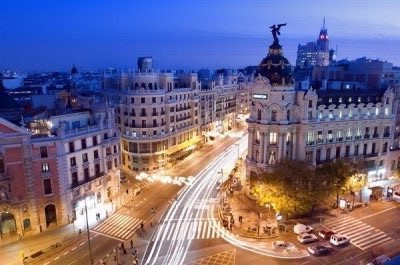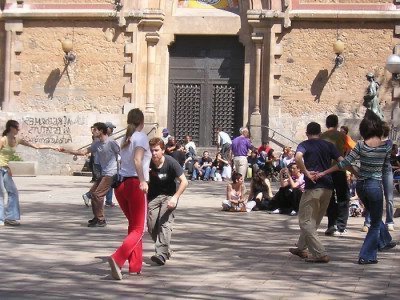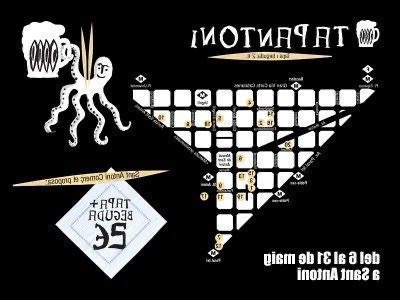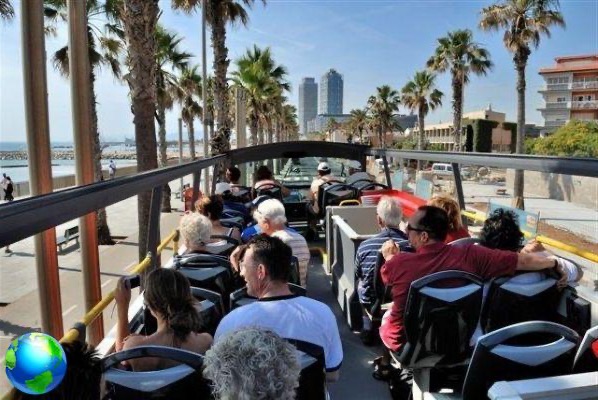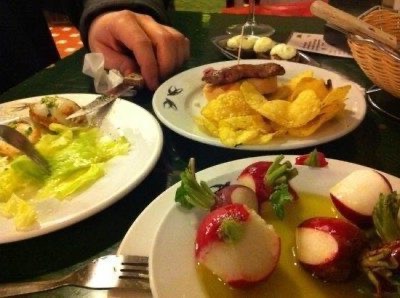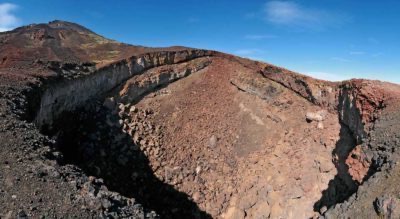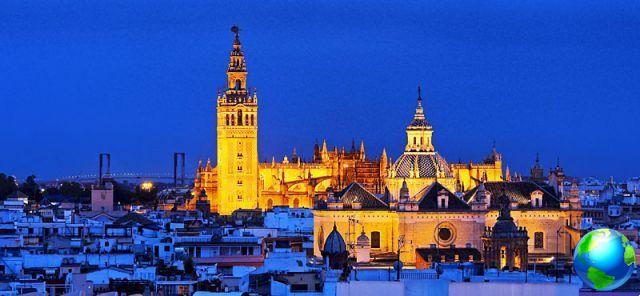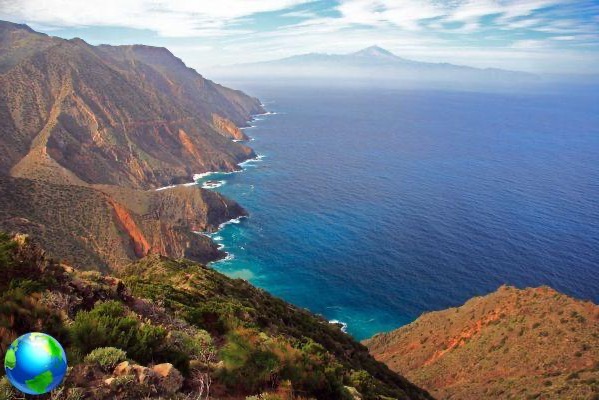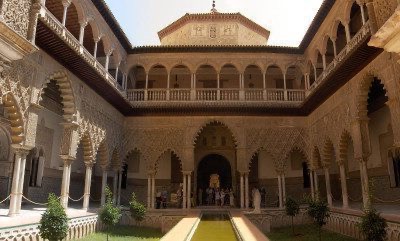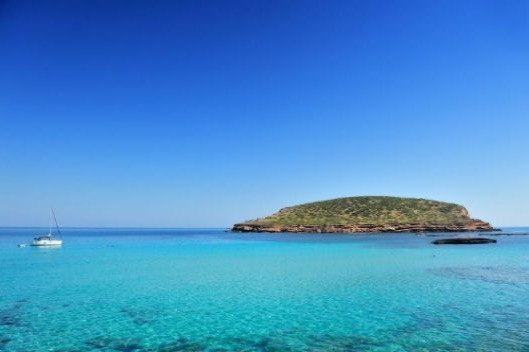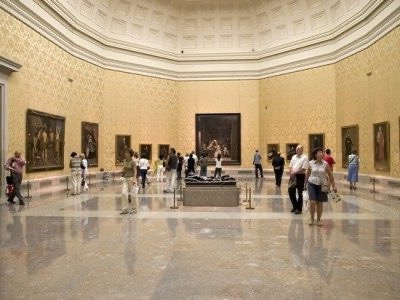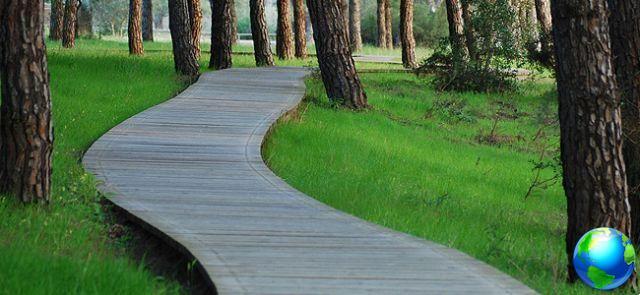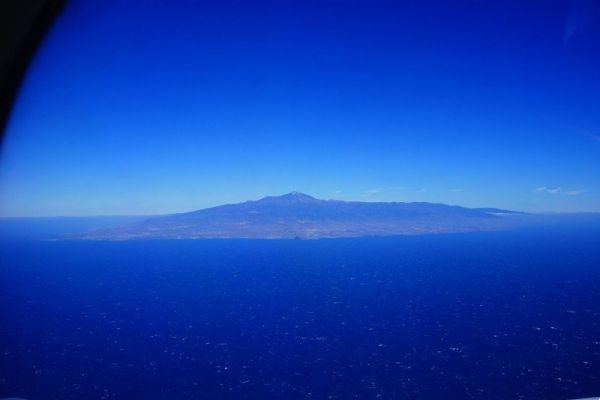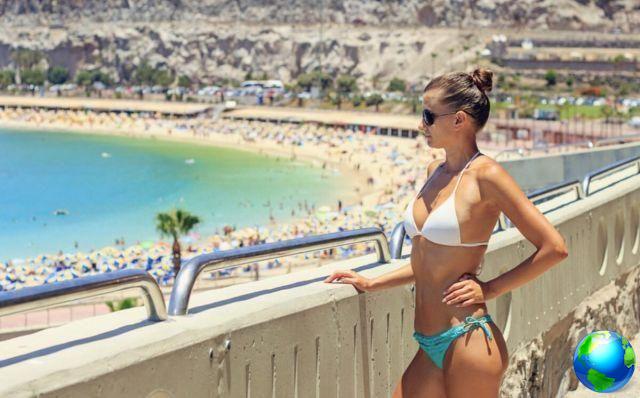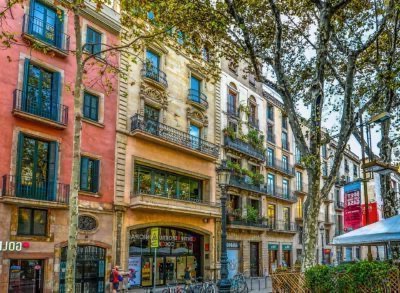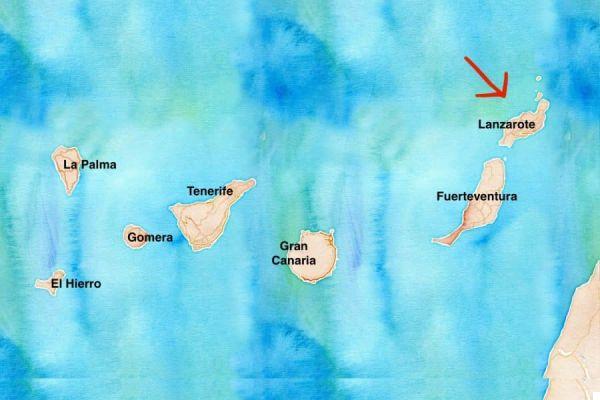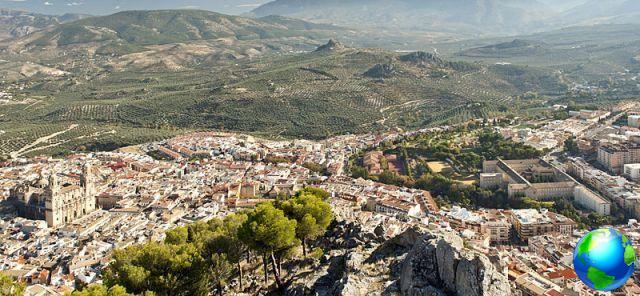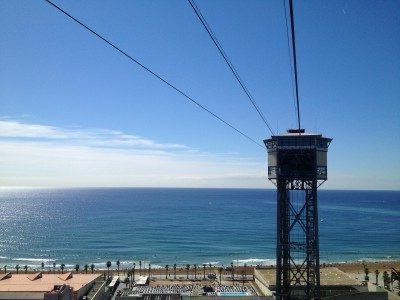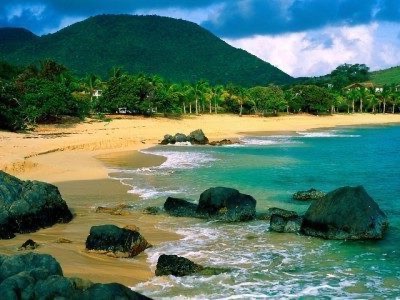
Two World Heritage Sites, the Teide National Park and La Laguna as well as 42 protected natural spaces, these are some of the treasures to discover in Tenerife.
Tenerife is an island located in the Atlantic Ocean, which together with La Palma, La Gomena and El Hierro, forms the province of Santa Cruz de Tenerife which is the largest island in the Canary archipelago and the most populated in Spain. Tenerife is also the most urbanized and cosmopolitan.
Il Teide National Park (which takes its name from the Teide volcano, the highest peak in all of Spain) is a must for every visitor, who during the night trips offers unforgettable emotions. There are numerous centers of historical interest, among which the Lagoon, the majestic Tenerife Auditorium and Basilica of Our Lady of Candelaria, the first Marian temple in the Canary Islands. Most of the monuments that can be admired in Tenerife date back to the period following the conquest of the Canaries.
Il climate it is mild and spring-like all year round with constant temperatures with an annual average of 22ºC. The hours of sunshine throughout the year are 3.000, it is in fact the European area with the greatest amount of daylight hours. The rains are light and are concentrated between November and January.
One of the best climates in the world, based on studies by universities and climatologist experts. Precisely for this reason, starting from the second half of the XNUMXth century, the "health tourism”With the arrival of the first tourists, coming from different places in Europe, in search of healing and rest.
The nightlife in Tenerife is, for those who want it, frenetic and offers a thousand opportunities between clubs, bars, restaurants and discos (for a night of pure madness remember to Beach of the Americas). Absolutely to remember its spectacular Carnival, second only to that of Rio.
Le beaches of Tenerife they are more beautiful than the other, between north and south of the island fine sand, pebble beaches, black sand beaches with scenarios that change as the type and morphology of the beaches change.
La gastronomy excels for cheeses and wines. The cuisine has been transformed over time thanks to the encounters with cultures that have followed one another in the Canary archipelago, but the main influences come from Spain and Portugal. Despite this, there are also elements of Latin American and African cuisine.




